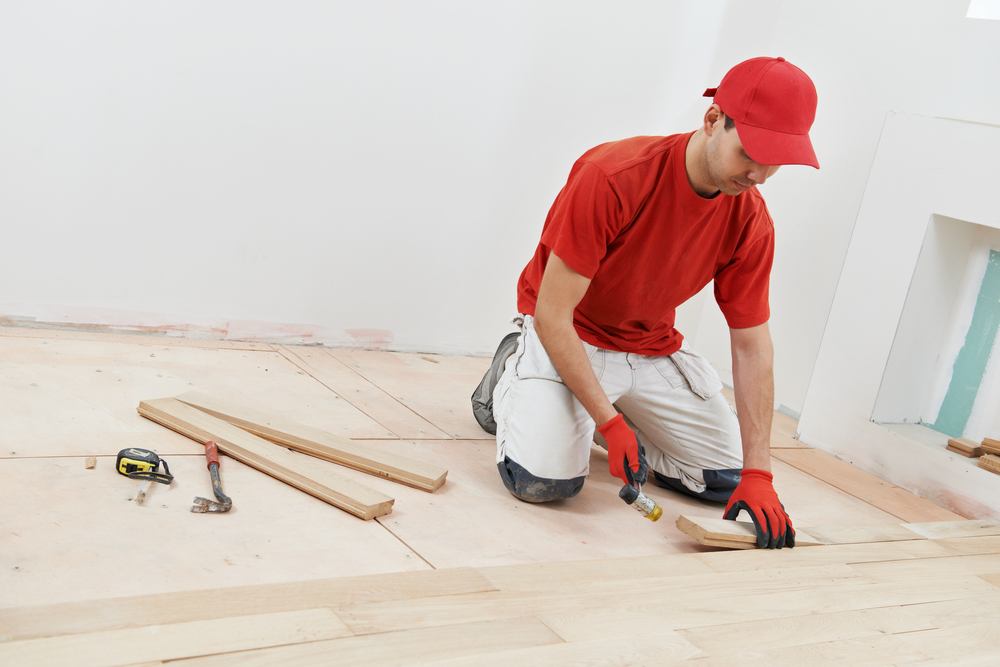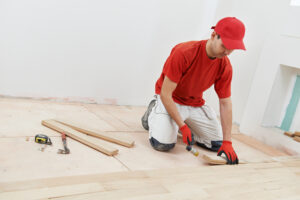Pests damage agricultural production, food, and the environment. They also cause disease in humans and animals. Natural enemies (predators, parasitoids, and pathogens) limit pest densities. Natural control methods are less disruptive to ecosystems than chemical pesticides.
Exterminator Springfield MO uses biological, cultural, mechanical, and chemical controls. It begins with monitoring and accurately identifying pests to establish action thresholds.
Biological Control

Biological control is the use of living organisms (predators, parasitoids, and pathogens) to suppress pests. It is an alternative to chemical control and can be a valuable component of integrated pest management (IPM) programs. It is environmentally safe, energy self-sufficient, and sustainable. In addition, it may reduce or eliminate the need for agrochemicals and help to restore ecosystem functions. Biological control uses predators, parasitoids, and pathogens to manage insects, weeds, mites, nematodes, and plant-parasitic fungi.
There are three general approaches to biological control: the importation of exotic natural enemies, the conservation of resident or introduced benefits, and the mass production and periodic release of naturally occurring organisms. Biological control is a cost-effective alternative to chemical controls and can be used in conjunction with other pest management practices such as pheromones, host-plant resistance, and hormonal control.
The classical method of biological control involves the importation of natural enemies from the country of origin of a particular pest species. This requires a thorough understanding of the biology of the pest and the search for natural enemies in its native country. After a suitable natural enemy is found, it is carefully collected, screened for undesirable traits such as diseases and hyperparasitoids, quarantined, and then released into the target habitat. The goal is to establish a population that is sufficient to suppress the pest.
When a natural enemy is introduced, it must be able to find and prey on the target species without being affected by other species that are also potential hosts. It must also be able to survive and reproduce in the new environment. Once established, the natural enemy population will gradually increase and overwhelm the pest population and provide sustained control.
A less costly alternative to the classical approach is augmentative biological control. In this practice, natural enemies are produced in insectaries and then either inoculatively or inundatively released into the field. This allows for quick reduction of a pest outbreak but does not guarantee that the natural enemy will continue to suppress the pest at low levels. This method can be useful when the timing of a pest outbreak is critical, such as for crops that have a critical growth period at bud burst or flowering.
Cultural Control
Cultural control is a preventative strategy that manipulates the environment to make it less friendly to pests. It includes sanitation, crop spacing, physical barrier methods, planting resistant landscape plants and vegetables, and the use of natural predators. It also involves judicious application of lower-risk pesticides when needed.
Some of the oldest and most effective controls against insects are cultural. These ancient methods, however, often required a great deal of knowledge and skill. When synthetic chemical pesticides came onto the scene they offered a more reliable and less knowledge-intensive alternative. In the field of agriculture, these new chemicals proved to be very useful and their use became widespread. Many of the old cultural techniques were dropped, as many farmers were won over by the easy and quick results offered by these heavy-duty chemicals.
Sanitation is one of the most important cultural control strategies. Removing weeds and debris from around crop fields can reduce the ability of pests to survive and thrive. For example, removing rotting cotton crop debris after harvest eliminates the overwintering habitat for pink bollworms. Cleaning or shredding the discarded fruit from beneath apple trees significantly reduces populations of codling moths and peach curculio. And, sifting or burning the plant debris from around a peach orchard kills overwintering shots hole borers.
Crop spacing is another simple but effective cultural control. Spacing plants farther apart allows them to grow and develop without being shaded or crowded by adjacent vegetation. It can also limit the spread of insect diseases by reducing the number of organisms that come into contact with each other.
In addition, modifying the environment by planting different types of crops (e.g., corn/ soybean rotations) can significantly affect the soil and above-ground organisms that interact with a particular crop. It can also significantly affect pest gene pools, thus altering the sensitivity of a given pest to certain agronomical treatments.
Although some of these methods may require some additional time and effort, they can greatly enhance the performance of any pest control treatment that is applied. Moreover, they can reduce the overall level of chemical inputs and thereby minimize risks to human health, beneficial insects, and the environment.
Mechanical Control
When pest control becomes necessary, it is important to take a holistic approach. This is the idea behind integrated pest management or IPM. This is a system that reduces the need for pesticides by combining monitoring, preventative practices, and nonchemical and biological controls. The goal is to achieve the desired results with the least risk to humans, animals, and the environment.
Monitoring is the first step in any IPM program. This involves regular inspections of fields and gardens to identify what is occurring. This allows you to know if the population of a particular organism is growing out of control, or if conditions are ripe for an outbreak. It also helps you determine if the problem is something that can be tolerated or whether it requires intervention. The correct pest species must be identified, as this can be a major factor in deciding when or if control measures are needed.
Preventative practices can be as simple as practicing good sanitation or planting species that are naturally resistant to the organism in question. Other forms of preventive care can include proper watering, fertilization, and pruning. The cultivation of the soil and the use of cultural practices such as soil solarization can help to improve plant health and suppress disease. Finally, the deliberate release of natural enemies (predators or parasitoids) can often control pest populations without the need for chemical treatments.
Biological control methods are effective for controlling many pests, including insects, diseases, and weeds. These methods may involve the introduction of predators or parasitoids that have been collected from the pest’s natural environment, or they may be produced locally in greenhouses. A successful biological control program requires careful planning, monitoring to ensure the success of introduced agents, and consistent monitoring after they are released.
Physical and mechanical controls kill the pest directly, block it out, or make the environment unsuitable for it. These include weeding, trapping, cultivating, and using barriers to keep birds or mammals away. They may also include the application of heat or cold, mulching, steam sterilization of the soil, or other such techniques.
Chemical Control
A chemical control method uses synthetic or naturally occurring chemicals to kill, repel, or disrupt the growth of pests. Examples include insecticides (targeting insects), herbicides (targeting weeds), and fungicides (targeting fungi). Chemicals are often used in combination with other methods to improve their effectiveness and reduce their environmental impacts.
Chemicals have the highest immediate impact on a pest population, but their long-term effects are unpredictable. Because of this, it is important to use them as a last resort in a multitactic approach. IPM focuses on building resistance to pests so that the need for chemical controls is reduced or eliminated.
To determine when to apply chemical control, growers need to know the type of pest and how many are present. This requires monitoring and scouting of fields, orchards, landscapes, buildings, and forests to identify pest species and the extent of damage. After gathering this information, pests are classified based on their biology and ecological needs. This information guides the size of an action threshold and the timing of treatments.
As with any IPM strategy, monitoring results must be recorded and analyzed to ensure that actions are based on accurate data. This helps minimize unnecessary pesticide applications, which can be costly and hazardous to human health and the environment. It also allows growers to document the effectiveness of non-chemical pest control measures.
In addition, growers should use crop rotation and judicious plant material movement to break the life cycle of pests and increase the presence of natural enemies on farms and in fields. These methods can be more effective than spraying a chemical because they target multiple stages of the pest’s life.
For example, aphids reproduce quickly and build populations that overwhelm plants, making them prone to disease, damaging the crop, and affecting human health. A scouting program that includes monitoring and identifying aphid populations along with establishing an economic or aesthetic injury threshold can help focus the use of insecticides. A pesticide with a high efficacy, such as one with up to 100% pyrethrins, can be used in combination with other control methods. This can help conserve beneficial insects and reserve more potent products for a last-resort situation.


